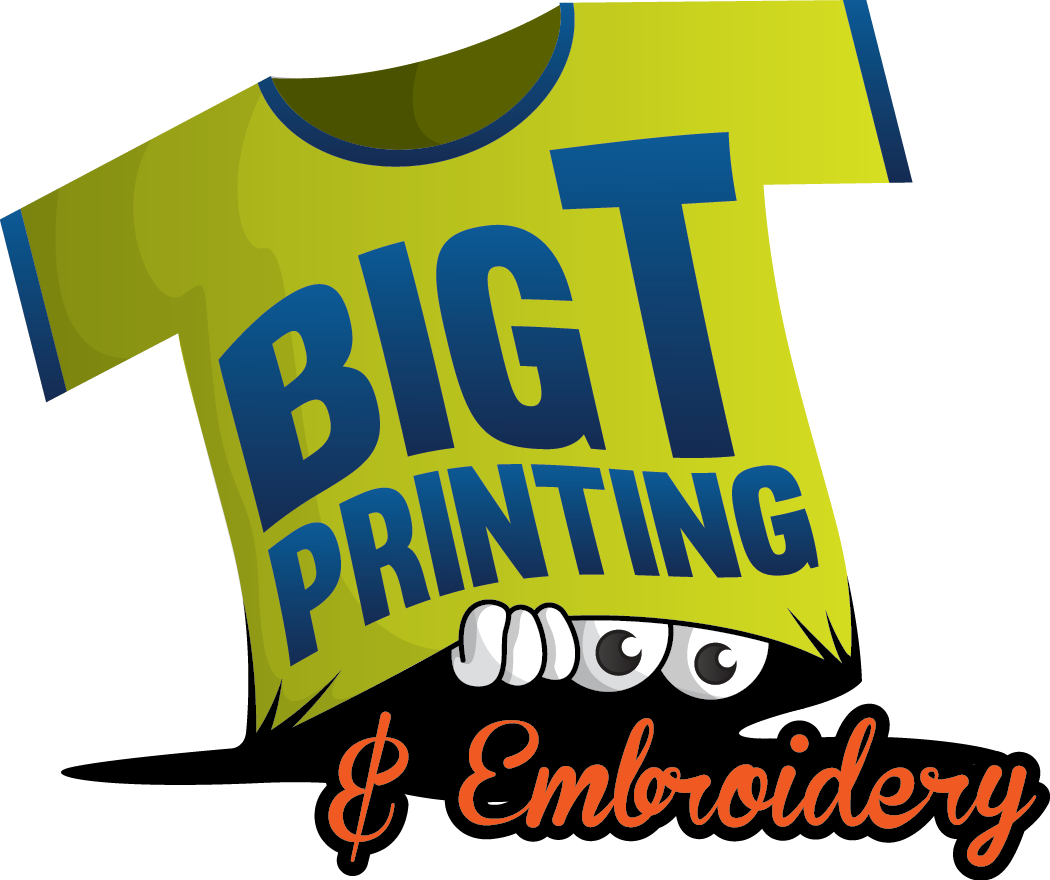Social media and digital marketing are one of the biggest forms of marketing in the age of the internet. You can’t go on any website without seeing some form of advertisement promoting a product or service. However, that doesn’t mean print marketing is a thing of the past. Print marketing continues to be an important part of promoting your business, and it can actually help boost your online efforts as well.
Readers engage more with printed content, and the process is much more cost-effective than digital ads. Here are seven of 2021’s top print marketing trends so far.
1. Personalized Materials
Some of the most effective marketing efforts are branded products and giveaways. The reason for this is their longevity. A Nike radio spot may run for a few months before it’s dropped, but a person can wear a Nike branded t-shirt for years.
The best time to give away personalized products is at an event. Event merchandising can take the form of hats, flash drives, bags, and more.
You can also integrate personalized materials into your everyday business. Ship products in brand-named packaging or send personalized gift coupons. What’s important is that you’re putting your brand’s stamp on something to help future customers remember it.
2. User Generated Content
Coming up with original marketing content can be challenging, especially when every medium is oversaturated with advertisements. How do you stand apart from the crowd while promoting your brand?
One way is to rely on your customers and clients to help generate content.
For example, if your product is a drawing tablet, start a competition for users to send in their artwork for a chance to get promoted on your print ads. Alternatively, you can highlight certain clients in your newsletters or on a billboard.
3. Targeted Direct Mail
Targeted direct mail is one of the original print marketing ideas for good reason. You can use mail to send all kinds of updates and coupons to potential or past customers. Repeated adverts also help remind them that your business is a familiar option they can rely on.
Direct mail campaigns pinpoint key individuals based on various factors.
Standard targeting focuses on demographics and geographic areas to determine your mail approach. Proximity mailing helps reach consumers around your ideal customers. Propensity mailing tries to get people who might be interested in your product.
4. Social Media Campaigns
While a social media campaign might seem like a digital-only marketing plan, it can also help your print efforts. You can use your brand’s social media accounts to draw attention to your other campaigns, as well as use them to generate ideas.
In 2018, Ogilvy Chicago created a line of print ads for shoe polish brand Kiwi, in which they showed off shoes worn by historical figures. They told the story about the person and how their shoes were used. Kiwi then created a complimentary web page that allowed users to look more closely at the shoes and listen to their stories.
Spotify, a music streaming platform, used data-driven billboard ads leading up to 2018 showcasing various funny goals. One such goal joked about avoiding people who listen to certain famous songs. These ads became well-known on social media and invited users to listen to new music.
5. Direct Retargeting
Direct mail targeting should be an essential part of any marketing campaign. However, you can’t rely on the same targets forever. One of the best print marketing tips is learning how to retarget your ads.
Retargeting is already common in digital marketing. It usually involves online ads taking into account new visitors to a website. However, it can also get some use in your print marketing schemes.
Some companies have data-driven solutions that use your online web traffic to retarget your direct mail advertisements. As long as they’ve visited your website and accepted your cookies, they’re now a potential client or customer.
6. Material and Color
A print marketing strategy should take into account more than visual appeal alone. Print materials include embroidery and signs, in addition to screen printing.
Use colors that complement and enhance your brand’s logo. You don’t want them to clash with one another, but you also want something that’ll grab people’s attention.
Likewise, the material of the brand merchandise reflects on the brand itself. Too cheap a material and your shirt won’t last as long. Spend too much, and you’ll burn through your budget.
Clothing is mean to be worn, so get a comfortable material that washes well. Avoid prints that have a tendency to flake or fade.
7. Integrating Digital and Print
Although digital and print media are very different in terms of application and what you can do with them, they can strengthen each other.
For example, all phones have a QR code scanner application built into them. When scanned, these codes automatically open targeted websites. Include some QR codes in your print advertisements as a way to direct link them to your content.
Another way to combine digital and print is with augmented reality (AR). IKEA previously paired physical print catalogs with AR technology. Shoppers could point their smartphones at an item and then “place” it somewhere in their houses to see how it would look in real life.
Make the Most of Your Print Marketing
The biggest print marketing trends all take into account the relationship between digital engineering and print media. Redefine your target audience based on website visitors or launch multimedia campaigns online and offline at the same time.
However, don’t forget that quality print jobs are necessary for your print marketing campaign to succeed. If you’re in need of screen printing, embroidery, or promotional product services, contact Big T Printing today.

